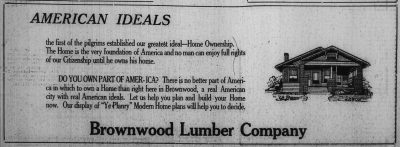The Texas Digital Newspaper Program is excited to announce the availability of The Dallas Voice, comprising over 79,000 pages, and representing the Dallas LGBT community since 1984. Many people have dedicated hard work to creating and digitally preserving the Dallas Voice, and we are very happy to celebrate its addition to TDNP.
Many hands worked together to move this project forward. First of course are the men and women who wrote the newspaper, starting in 1984. The Dallas Voice began as a joint investment of $250 between three people: Don Ritz, Robert Moore, and William Marberry. At that time, Marberry served as the publisher, with Ritz standing in as editor and Moore as advertising director. From this small but dedicated group came a 24-page, first issue on May 11, 1984, with a headline of, “Dallas Gay Community Pulls Together for Election.” In a few short years, by 1988, the Dallas Voice became an important resource about significant issues of the day. The July 8, 1988, issue spotlighted the Dallas County AIDS Planning Commission report, with excerpts from the report, particularly focused on “Community resources, Education, Health care, Hospitals, Insurance, Legal/ethical issues, and Public information” (July 8, 1988, p. 4). True to its name, the newspaper became a steady voice for the LGBT community of Dallas. Astute political commentary, such as the “Gossip” column about “Don’t Ask, Don’t Tell” from July 30, 1993, plays a significant role in informing and representing an important community in Dallas, in Dallas County, and in Texas on national issues.
In early 2012, Dreanna Belden and Ana Krahmer of the UNT Libraries reached out to Robert Moore to explore the possibility of digitally preserving his newspaper collection and donating the entire physical archive to the UNT Libraries’ Special Collections. Through this work, the UNT Libraries’ Special Collections, headed by Morgan Davis Gieringer, brought the physical newspapers to be added to UNT’s LGBT Collection, and the Digital Newspaper Unit added existing PDF editions of recent issues for digital preservation via the UNT Digital Library and The Portal to Texas History.
The Dallas Voice Collection represents the first run of an LGBT newspaper to be made freely available and digitally preserved in the United States in its entirety. Digitization of this collection was made possible through support from a 2014-2015 TexTreasures grant: “Let It Be Heard!” through the Institute of Museum and Library Services and the Texas State Library and Archives Commission. In addition, funding has been provided by Robert Moore, former publisher and continuing friend of the Dallas Voice. This project represents a true and successful collaboration between many groups in the UNT Libraries, that we are all proud to have worked on.This important collection is a highlight among the many treasures in the UNT Libraries’ LGBT Archive. These materials are significant in documenting the history and culture of LGBT communities in the Dallas/Fort Worth area, and they will serve as a valuable resource for generations to come.

















